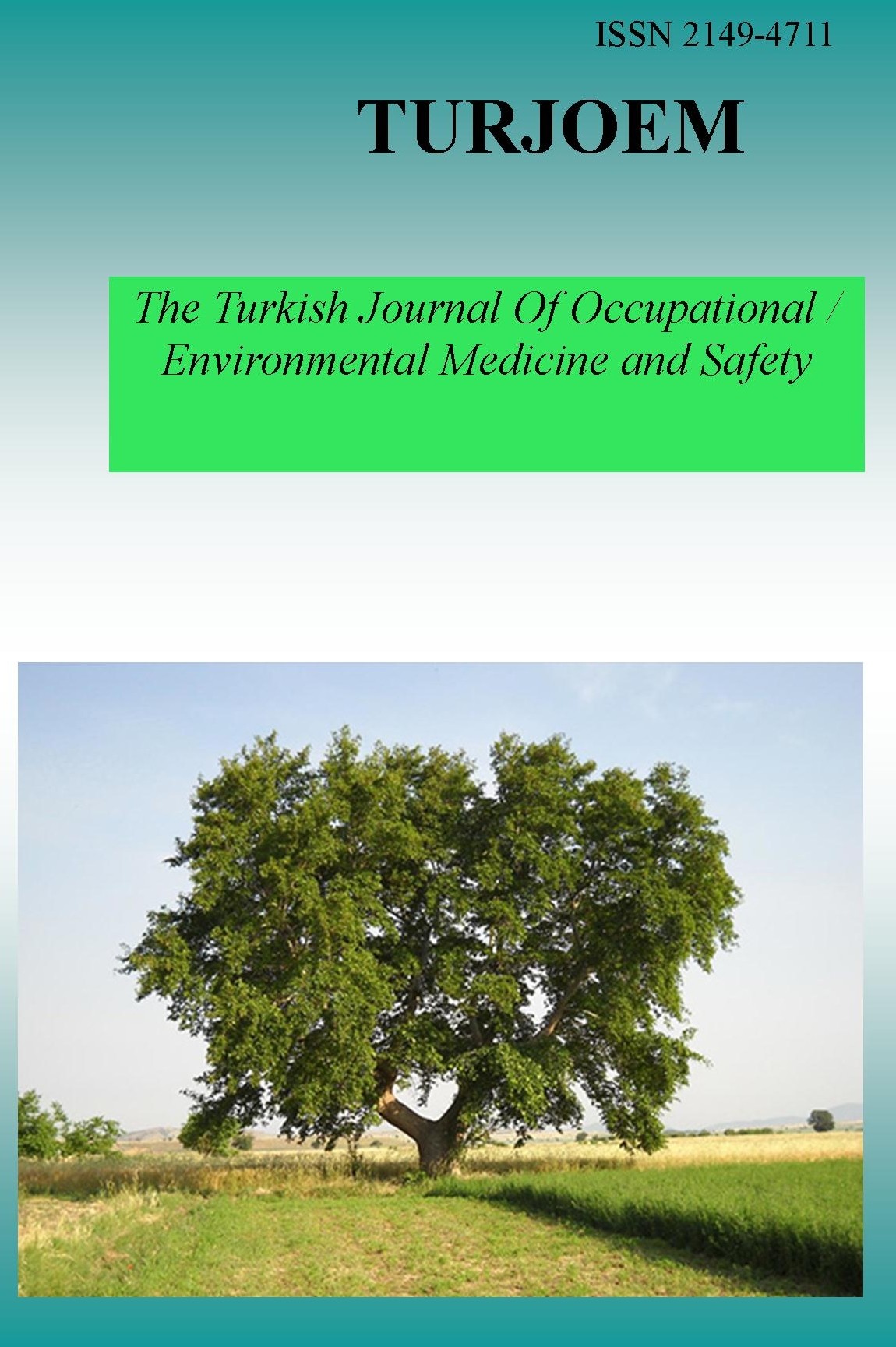HUMAN PLASMA OCHRATOXIN A LEVELS AND CORRELATION WITH HUMAN RENAL CANCERS
HUMAN PLASMA OCHRATOXIN A LEVELS AND CORRELATION WITH HUMAN RENAL CANCERS
Ochratoxin A (OTA) is a mycotoxin
produced by a variety of moulds. Dietary exposure to OTA represents a serious
health issue in animals and has been associated with several diseases including
ochratoxicosis, nephropathy, human endemic nephropathies and human urinary
tract tumours. OTA is a renal carcinogenic in rodents and extensive research
has been performed in order to relieve its mode of action and relationship with
human pathologies. In this study, OTA levels of human plasma samples were
determined and the possible relationship between plasma OTA levels and human
renal cancers were investigated. Human plasma samples were
collected from 34 health individuals and 33 renal cancer patients during 2013
and 2014. Age mean values and gender distribution were similar for both groups.
All samples were stored at -80 until analysed. Plasma OTA levels were
determined with well-established method using an FLD-HPLC. OTA standards and
samples were read at 333 (excitation) and 443 (emission). LOD and LOQ were 0.03
and 0.1 ng/ml OTA, respectively. Plasma OTA levels and correlation with renal
cancer were analysed by SPSS 13.0.Out of total 67 samples, OTA were
quantified in 21 control samples and 26 renal cancer patients (LOQ= 0.1 ng/ml).
Plasma OTA mean values were 2.38±2.62 (±SD) and 5.04±5.16 for health
individuals and renal cancer patients, respectively. OTA mean values for the
highest 20% of OTA positive samples were 6.24±2.07 (±SE) and 12.9±1.9 for
control and renal cancer samples, respectively. OTA plasma levels of tested
individuals were found to be higher than some other countries. Statistical
analysis showed that there is significant difference between plasma OTA levels
of control and cancer patients (P 0.05).Turkish healthy individual's mean
plasma OTA levels are among the highest published OTA levels, just after
Bulgaria, Tunisia and Algeria. The higher plasma OTA level of cancer patients
indicate that there could be a correlation between OTA exposure and human renal
cancer.The study was supported by Akdeniz University and Mehmet Akif Ersoy
University Research Funding Units.
___
- Mehmet Akif KILIC, Firdevs MOR and Ayşegül KARGI
- Akdeniz University, Science Faculty, Department of Biology, Molecular Biology Section, 2Mehmet Akif Ersoy University, Veterinary Faculty, Department of Pharmacology and Toxicology,
Medstar Antalya Hospital, Cancer Centre, Medical Oncology, Antalya, Turkey
